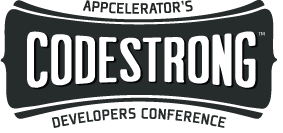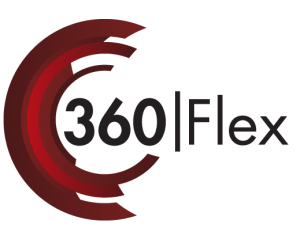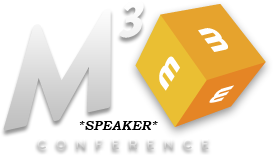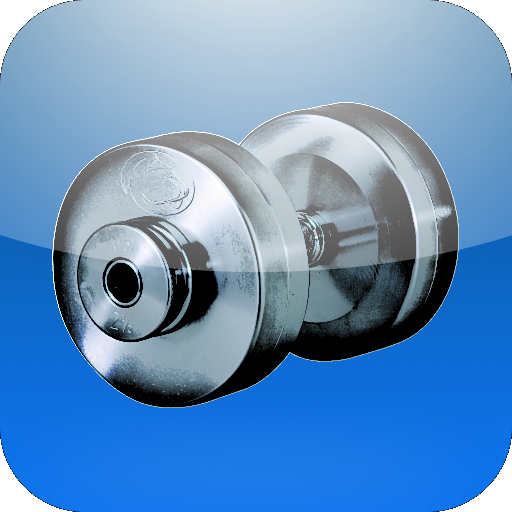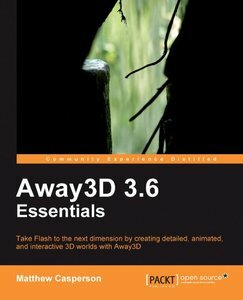
About 13 seconds after I finished my last “Reflections in Away3D” demo I thought up a much better way to do it. I guess that’s what happens when you apply loosely applicable code (see “Reflection in AS3″) to a new scenario. This method, while a bit more resource intensive, is MUCH more functional. Instead of doing a simple Bitmap inversion with a gradient mask and locking the view to only 2 out of 3 planes at a time, I use Away3D Plane objects and multiple views/cameras to create real-time reflections. This is a 3D engine after all.
The revision I’m presenting here is just a proof of concept. In the near future I hope to release a class that encapsulates reflections much like SimpleShadow in Away3D. You’ll recognize SimpleShadow from the my Away3D shadows demo, which was written by the bad-ass Away3D dev and Prefab creator Fabrice Closier. Inspiration for this code definitely comes from his motivational work. The reflections aren’t perfect, the overlapping isn’t perfect, but it does help to add a little more dimension to the scene.
UPDATE: Normally I would release the source code, but in my ignorance and zeal to get this done I totally missed the Away3D ReflectivePlane class. It is designed to do exactly what this plane does using a lot more math, but only one additional camera/view per reflective plane. It also does realistic reflections relative to the position of the viewing camera. In other words, way better than what I was offering!

Li's ReflectivePlane Demo
The only problem with ReflectivePlane is that it was designed a few Away3D revisions back and now has some intermittent initialization glitches. It seemed to me to be better for the Away3d community that I try to recruit ReflectivePlane’s author, Alejandro Santander (AKA, “Li”), to help troubleshoot the problems rather than muddy the waters by adding another solution to an already solved scenario. When we have a resolution to this problem, I’ll be sure to let you know… in the form of a demo WITH source code this time!




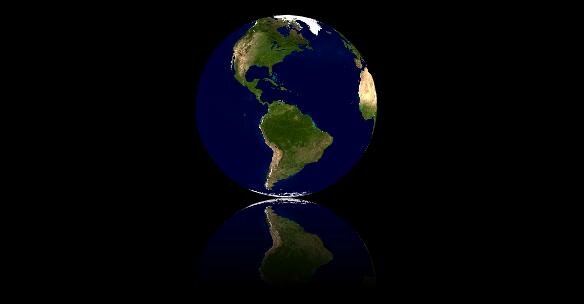





 Originally this project was the main page for savagelook.com, but I decided it to shuffle to “projects” on my blog. While it is was a very cool showcase of the things I had learned so far using
Originally this project was the main page for savagelook.com, but I decided it to shuffle to “projects” on my blog. While it is was a very cool showcase of the things I had learned so far using  At the request of one of my readers (a list that is probably about 12 people long), here is a demo and source code for the carousel gallery included in the 3d version of savagelook.com shown
At the request of one of my readers (a list that is probably about 12 people long), here is a demo and source code for the carousel gallery included in the 3d version of savagelook.com shown 

